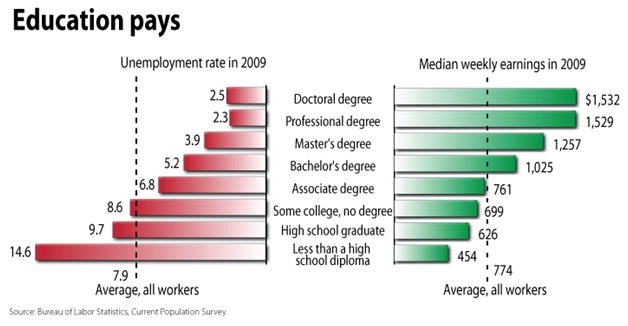I recently wanted to communicate to a colleague of mine how it feels to be dyslexic. My colleague had very limited knowledge about dyslexia, and asked me what it felt to be dyslexic. This started me thinking:
What is the best way to simulate to a non-dyslexic the feeling of being dyslexic?
So this is what I came up with:
1) Imagine that it takes you 10 X more time to write legible text?
2) Imagine that even after investing 10 X more time to write, you are (rightfully) worried that your text includes basic spelling mistakes and misused words…
3) Imagine that you cannot remember the correct spelling of the simplest and most basic words, and forever need to look up their correct spelling, time after time?
4) Imagine that you have to write an important email, but will not send it out till you have a non-dyslexic review your text?
5) Imagine that it takes you 5 X more time to read any book or article?
6) Imagine that while reading, the letters keep moving around, playing tricks on you?
7) Imagine that whenever a person reads your written text, he will most likely deduce that you have lower intelligence then your actual intelligence?
8) Imagine that whenever you need to read out loud, you are sure that your reading will convey to your audience a lower perceived intelligence?
9) Imagine that you are in a class or a lecture where you understand what is being said but you are not capable of taking any legible notes…
10) Imagine that without an intelligent spell checker such as Ghotit, you simply do not have the confidence of writing independently?
If you have additional insights of how to convey to a non-dyslexic the feeling of being dyslexic- send a commend and I will add to the above list 🙂
Following user inputs, I am extending the list:
11) Imagine that you put puncuation in just because you know that it needs to go somewhere in the sentences but have no idea where to correctly place the punctuation marks?
12) Imagine that you can never really grasp the sounds and spelling of vowels (A, E, I, O, U) so you usually omit or misuse them?
13) Imagine that throughout your whole life you continue to misuse very basic words such as their, there and they’re OR four and for no matter how many times you tried to memorize these words’ correct meanings and spelling? And when you misspell these words you have no ability to correct this even though you take the time to proofread your writing?
14) Imagine that you are not able to recite the alphabet from the middle, and always need to restart the alphabet starting from the letter A?
15) Imagine that you still have difficulty differentiating left from right, north from south or east or west, or the specific days of the weeks and months of the year, though you have tried to memorize these names and directions forever?
Additional inputs from readers?

